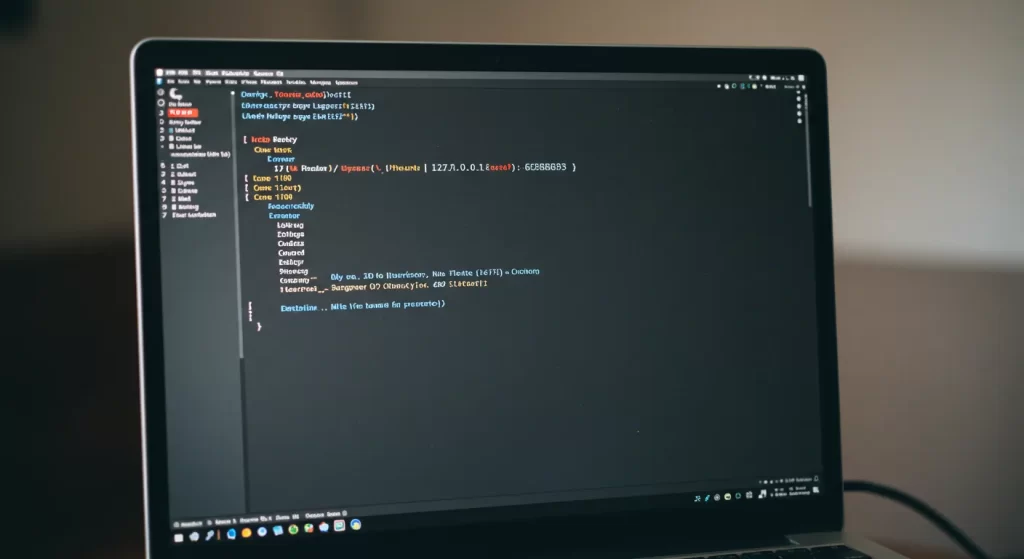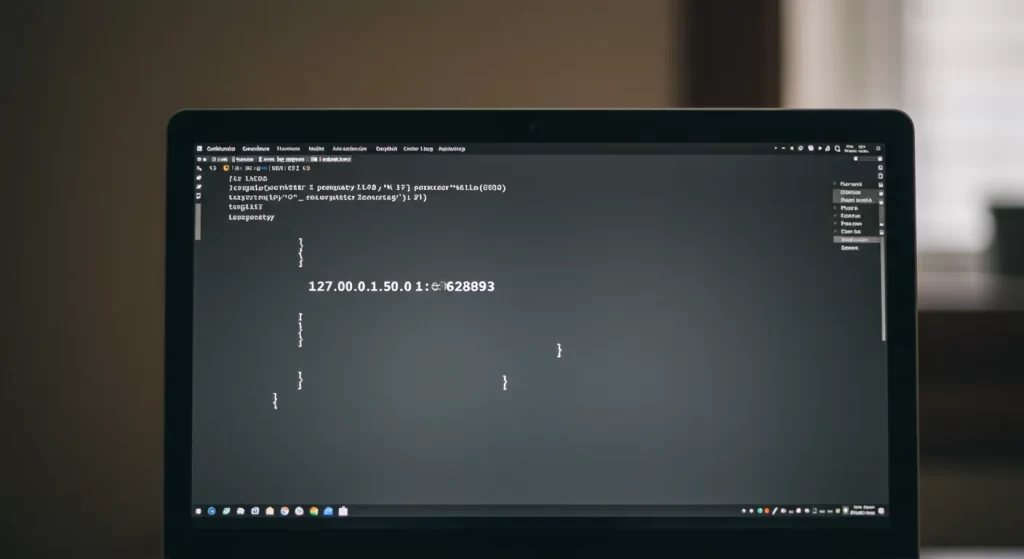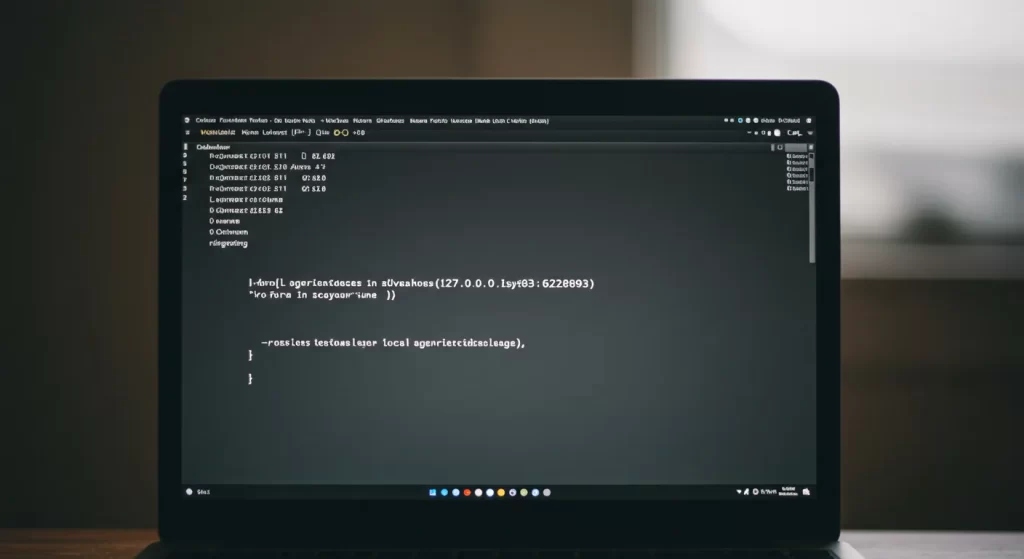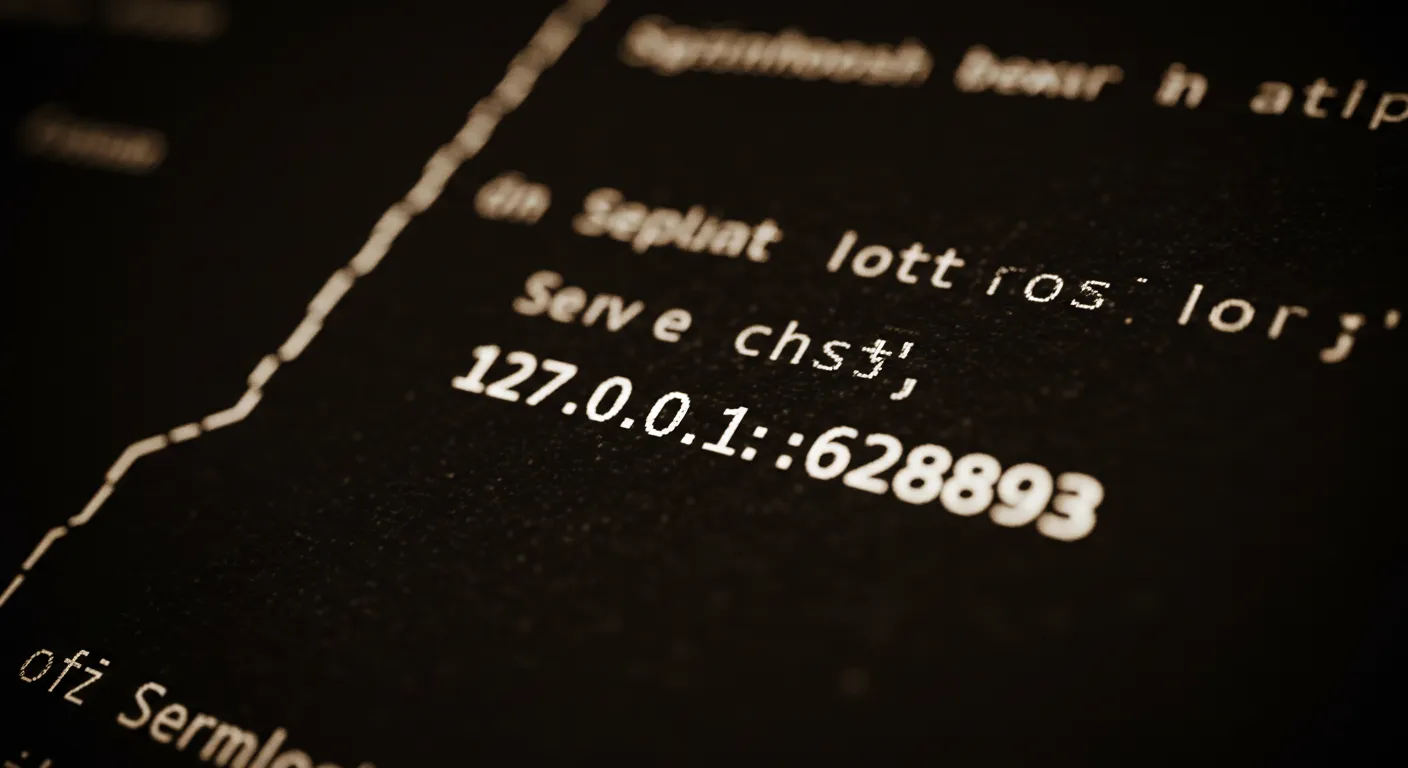Table of Contents
If you’re diving into the world of networking, web development, or system testing, you might come across a seemingly random address: 127.0.0.1:62893. What exactly is this, and why does it matter? In this article, we’ll explore what 127.0.0.1:62893 means, how it’s used, and how you can effectively interact with it during your development and testing processes.
What is 127.0.0.1?
The address 127.0.0.1 is also known as the localhost or loopback address. This address points to your local computer, specifically to the software stack running on it.
When you send a message to this address, the data never leaves your computer. It’s a way for your machine to communicate with itself, useful for testing, development, and debugging without needing an internet connection.
This localhost feature is particularly valuable for developers who need to simulate network communication or test applications that require server-client interactions, all without external dependencies.
This isolated testing environment helps avoid any network-related issues during development and ensures that a local environment mimics real-world conditions as closely as possible.
Exploring the Role of Port 62893

A port is essentially a communication endpoint used by applications to exchange data. Every port is identified by a unique number, ranging from 0 to 65535. These ports are essential for ensuring that data sent over the network reaches the correct application or service.
The specific port 62893 falls into the dynamic or ephemeral port range (49152-65535). This means it is often temporarily assigned to applications by the operating system for short-term tasks.
When an application uses this port, it can be listening for incoming connections, such as a locally hosted server or API. The randomness of these dynamic ports helps avoid conflicts with well-known ports used for services like HTTP (port 80) or HTTPS (port 443). Click Here: New platform For People’s
Why Would You Use 127.0.0.1:62893?
Applications and developers use the address 127.0.0.1:62893 for a variety of reasons, often related to local testing or development environments. Below, we’ll discuss some common use cases:
Web Development and Testing
In the realm of web development, many developers use local servers to simulate live websites or APIs before going public. Whether you’re using a popular web server like Apache, Nginx, or a custom Node.js server, you might bind your service to 127.0.0.1 on a specific port (like 62893) to test your application.
Also Read: What Is a Random IP Address Generator and Why You Might Need One
For example, when you run a server like this in Node.js:
javascriptCopyEditconst http = require(‘HTTP);
const port = 62893;
const server = http.createServer((req, res) => {
res.end(‘Hello from 127.0.0.1:62893’);
});
server.listen(port, ‘127.0.0.1’, () => {
console.log(`Server running at http://127.0.0.1:${port}`);
});
You can visit http://127.0.0.1:62893 in your browser to see the server in action, all without needing an external server or internet connection.
Database Interaction
Local databases like MySQL, PostgreSQL, or MongoDB often use dynamic ports for local testing and development. The port 62893 could be assigned to a database service running on your computer, allowing you to perform CRUD operations, test queries, or debug database interactions without the need for an internet connection.
Application Debugging

If you’re developing an application and need to test how it behaves in a networked environment, using a dynamic port like 62893 is a practical solution. Developers might set up local debugging tools or other services to open temporary connections on ports like this for troubleshooting purposes.
Proxy and Tunneling Tools
Tools like ngrok or SSH tunnels might use a port like 62893 to bind local services and make them available remotely for testing or sharing purposes. These tools help developers expose local servers to the internet securely, allowing for real-world testing of web applications.
How to Interact with 127.0.0.1:62893
Now that you understand why 127.0.0.1:62893 is important let’s look at how to interact with it.
Accessing Local Services
If you’re running a web service on 127.0.0.1:62893, you can simply open your web browser and visit the URL http://127.0.0.1:62893. If everything is set up correctly, you’ll see the output from your local server or application.
Also Read: How Covatza3.9 Software Created: The Journey Behind the Development
Testing via Command Line
You can also use the curl command to interact with the local service from the terminal. For example:
bashCopyEditcurl http://127.0.0.1:62893
This sends a request to the local service and returns the response directly to the command line interface.
Monitoring Port Usage
If you’re troubleshooting or need to check which application is using port 62893, you can use the following commands:
- On Windows:
bashCopyEditnetstat -ano | findstr 62893
- On Linux/Mac:
bashCopyEditlsof -i:62893
These commands will display information about which process is currently bound to the port, helping you identify and troubleshoot issues.
Troubleshooting Common Issues with 127.0.0.1:62893
While working with ports like 62893, you might encounter some issues. Here are a few common problems and their solutions:
Port Already in Use
If you receive an error like EADDRINUSE: address already in use, it means another application is already occupying the port. To resolve this, you can identify the process and terminate it:
- Windows: Use task kill to terminate the process.
- Linux/Mac: Use kill -9 <PID> to stop the process.
Firewall Blocking Access

If your firewall is blocking access to 127.0.0.1 for a specific port, ensure that the necessary port is allowed in the firewall settings.
Service Not Running
If you can’t access the service, ensure that the application or service bound to port 62893 is actively running. You may need to restart the service or check the application logs for any errors.
Permission Denied
Make sure that you have the appropriate permissions to bind to the port. On some systems, binding to lower-numbered ports requires administrative privileges.
Best Practices for Using 127.0.0.1:62893
When working with local addresses and ports, there are a few best practices to keep in mind:
- Avoid Port Conflicts: Always choose dynamically assigned ports (like 62893) for temporary services to avoid conflicts with well-known services.
- Use Secure Connections: Even when working on localhost, always ensure that sensitive services are secured, especially in shared environments.
- Document Port Usage: Keep a record of which applications are using which ports to avoid conflicts and improve debugging.
- Automate Testing: Utilize tools like Postman or cURL to automate local service testing, ensuring faster and more reliable development cycles.
Final Thoughts
The address 127.0.0.1:62893 serves as a powerful tool in local development and testing. Whether you’re running a web server, interacting with a database, or debugging an application, this local loopback address combined with a dynamic port allows for seamless and efficient testing without needing an internet connection.
By following the tips and practices outlined in this guide, you can optimize your use of 127.0.0.1:62893 and troubleshoot any issues you may encounter along the way.
By leveraging localhost addresses and dynamic ports, developers can speed up their workflow and ensure that their applications perform smoothly before being deployed to production.
FAQs
What is 127.0.0.1:62893 used for?
It’s a local address used for testing, development, or debugging on your computer, often representing a service running on a dynamic port.
Why is port 62893 used in development?
Port 62893 is part of the dynamic range, allowing developers to test applications locally without conflict with well-known ports.
How can I check what’s using port 62893?
Use tools like netstat on Windows or lsof on Linux/macOS to identify the process associated with port 62893.

